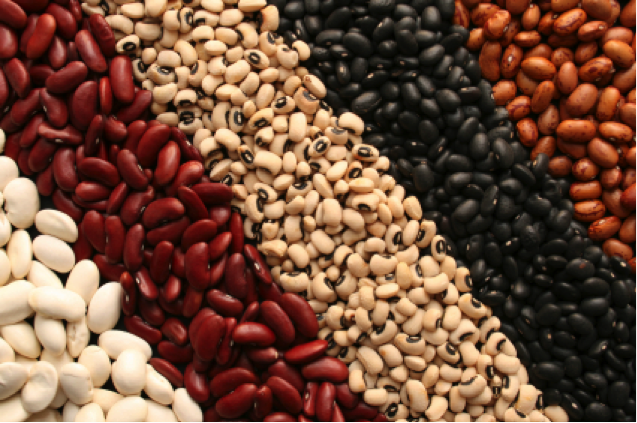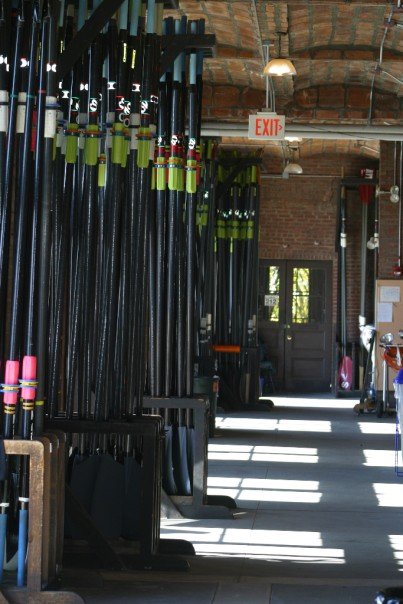 |
| Our little dumplin', Ryan Valkyrie! |
The first four months of being pregnant, I was trying to manage all-day morning sickness nausea with doing some training. It wasn't easy and I have a lot of respect for women who keep training at a high load while feeling like that! I also had to give up running after just a few months because it got really uncomfortable. Thankfully, rowing and erging still felt pretty okay for most of my pregnancy. I raced the Head of the Charles, in honor of my cousin Byron, with my mom at 7 months pregnant, and we actually went more than 2 minutes faster than our race a couple of years ago! (Shoutout to JL for hooking me up with a maternity unisuit!)
 |
| Lofgrens 1, 2, and 3 - just finished racing HOCR, 7 months pregnant! |
For the last month or two of my pregnancy, I ran out of exercises to do that weren't really painful or uncomfortable, and ended up doing a lot of walking and light hiking, as well as some squats and stretching. An interesting thing about the last months of pregnancy is that your body produces a hormone called "relaxin" that literally relaxes your joints - for me, that meant I got super flexible even though I wasn't actively trying to get stretchier.
 |
| Ryan arrives! |
Little Ryan came along at the end of a 24-hour labor, arriving at 3:33am. For those wondering: yes, it is harder than a 2K. I think being a rower helped with overall pain tolerance, but probably the best thing you can do to prepare would be those (awful) workouts where you're going for an unknown number of intervals, and you just have to keep going and not be able to tell that the interval you're on is the last one. I didn't want pain meds during labor or delivery, and thanks to having the support of my husband and a great doula (who's also the #2 Muay Thai fighter in Germany...what?!), was able to do that.
 |
| First family walk... |
Thankfully, Ryan and I were both doing pretty well after she joined us, and we were able to go for a first family walk just a few days after we got home. I mostly walked for the first month, and tried to get a lot of sleep (not so easy with a newborn, nursing, healing, etc.) The second month postpartum, I started doing a little erging and some core. Our gym was sponsoring a 5K erg contest, so I decided to step up my training - doing 5K steady state pieces, 500m and 1K and 1500m interval sets, and other prep workouts. I ended up with a 19:02 5K, which I was pretty proud of, considering I'd had a baby less than 10 weeks earlier!
Around the time that I went back to work, I decided I wanted to work out every day. I didn't realize it at first, but I got really dehydrated and my milk supply was affected. I didn't know what was going on and got really worried, and backed way off of working out. Thankfully, it resolved quickly, and I've been able to get back to building up into training again.
It's really weird, as an athlete whose life pretty much revolved around being in touch with my body, to go through a year-plus where I was constantly feeling weird or nauseous or uncomfortable or just - not like myself. I love our little girl, and going through this journey has made me respect even more the women in rowing and in other sports that train while pregnant, have their baby, and get back to training and continue to dominate. I am also so grateful to be part of a sport that I've already been able to get back to. I'm also linking up when I can with a running group for new parents here - "Stroller Warriors" - and it's awesome to have a group that is so supportive of each other.
 |
| "Stroller Warriors" PT testing day. Pullups! |
When you're part of a team, it's so much more enjoyable to push yourself to go faster and try and go just a bit further past what you thought you could do. In some ways, it's humbling to be quite a bit slower than I have been before. In other ways, I'm really proud of how quickly I see myself getting stronger and fitter. I also feel lucky that so many of my U.S. teammates and international competitor-friends are going through similar journeys now/recently/soon - and to see all of us kicking butt, in our own ways!
I'll be working to post more regularly now - it's tricky with a little one! - but I'm hoping to be racing at the Charles again this year, if not sooner, so... playlists at the very least. It feels great to be back at it! Thanks for all the support. Go USA! (And go moms!)



















































